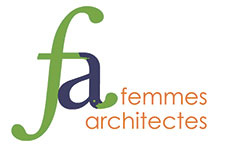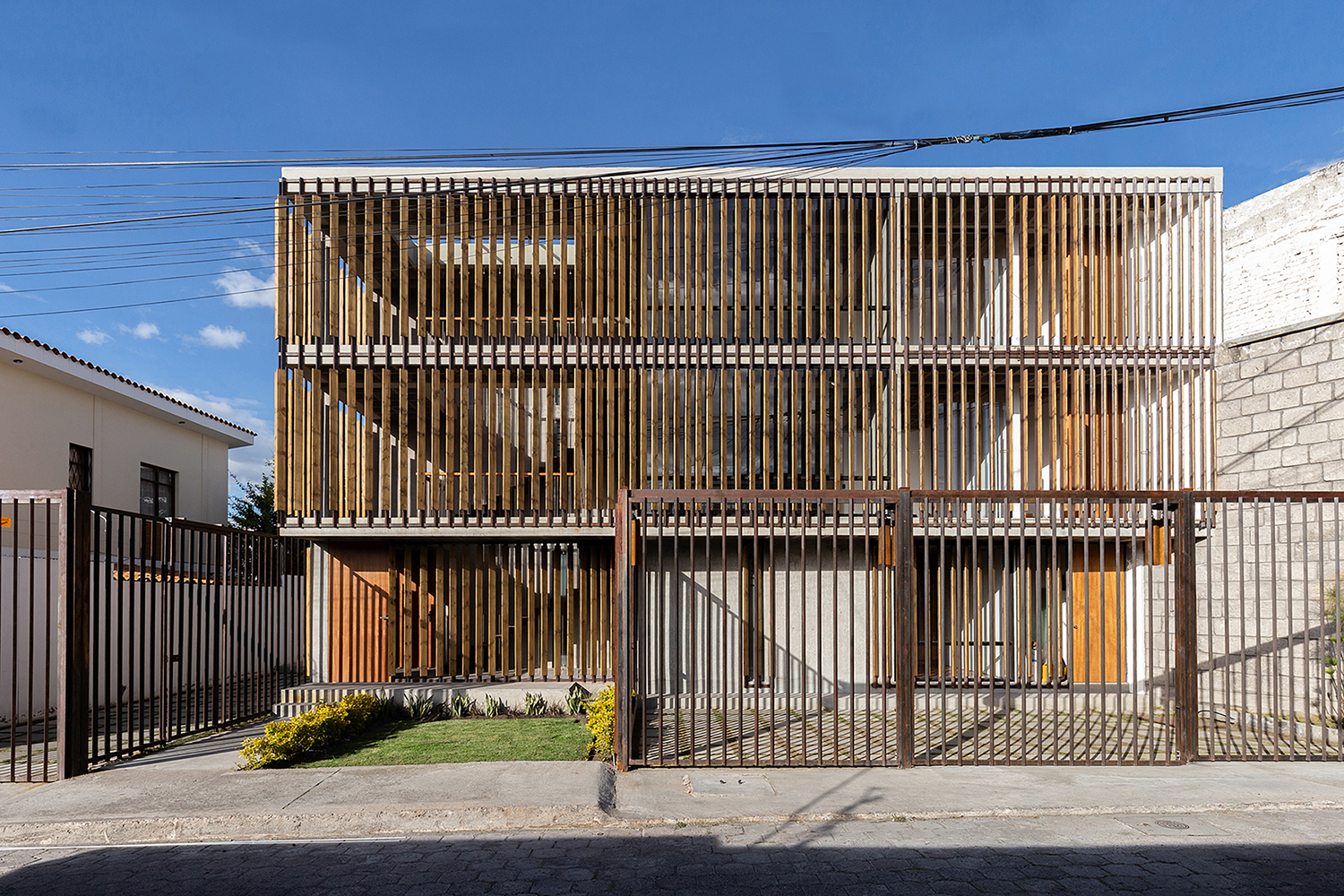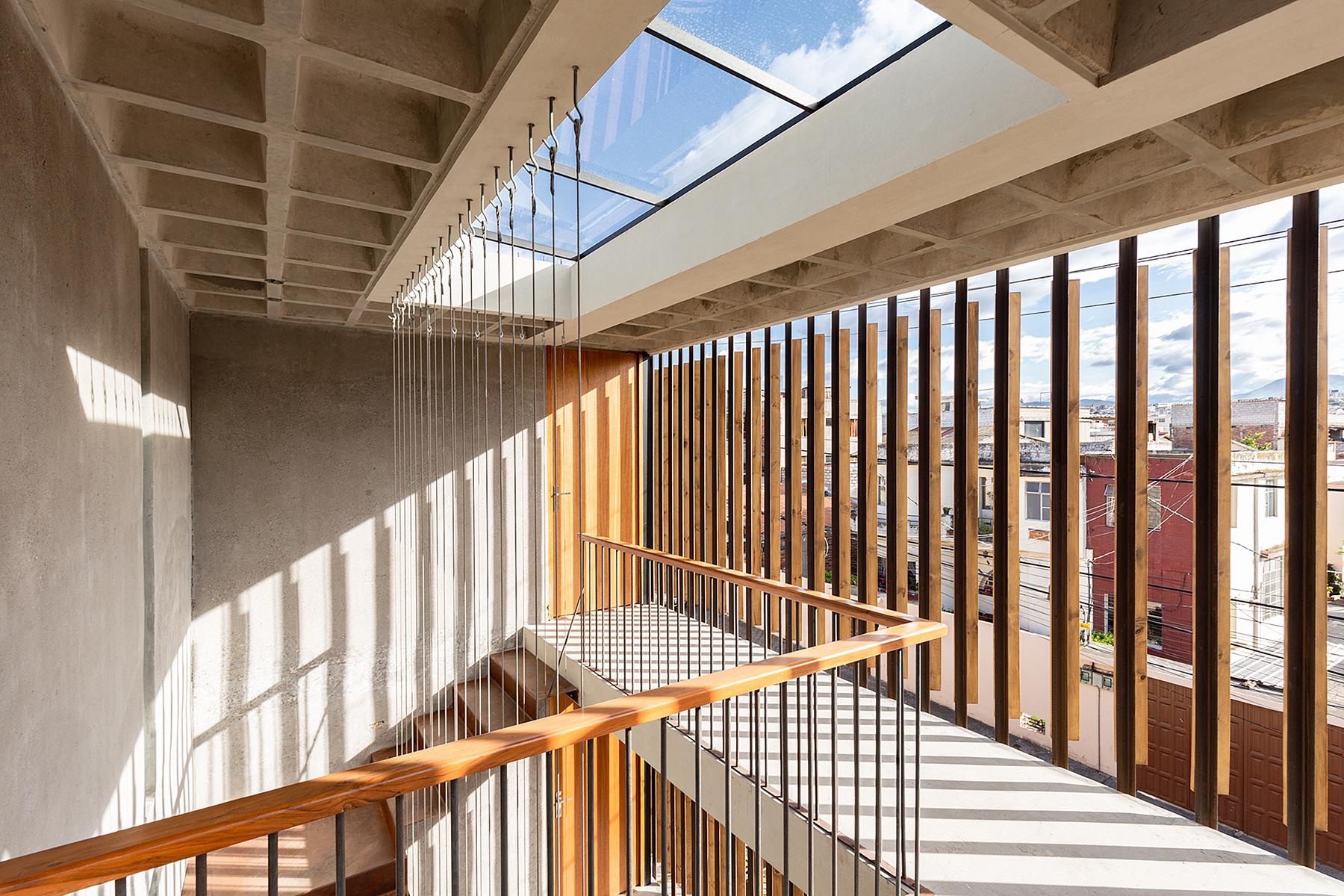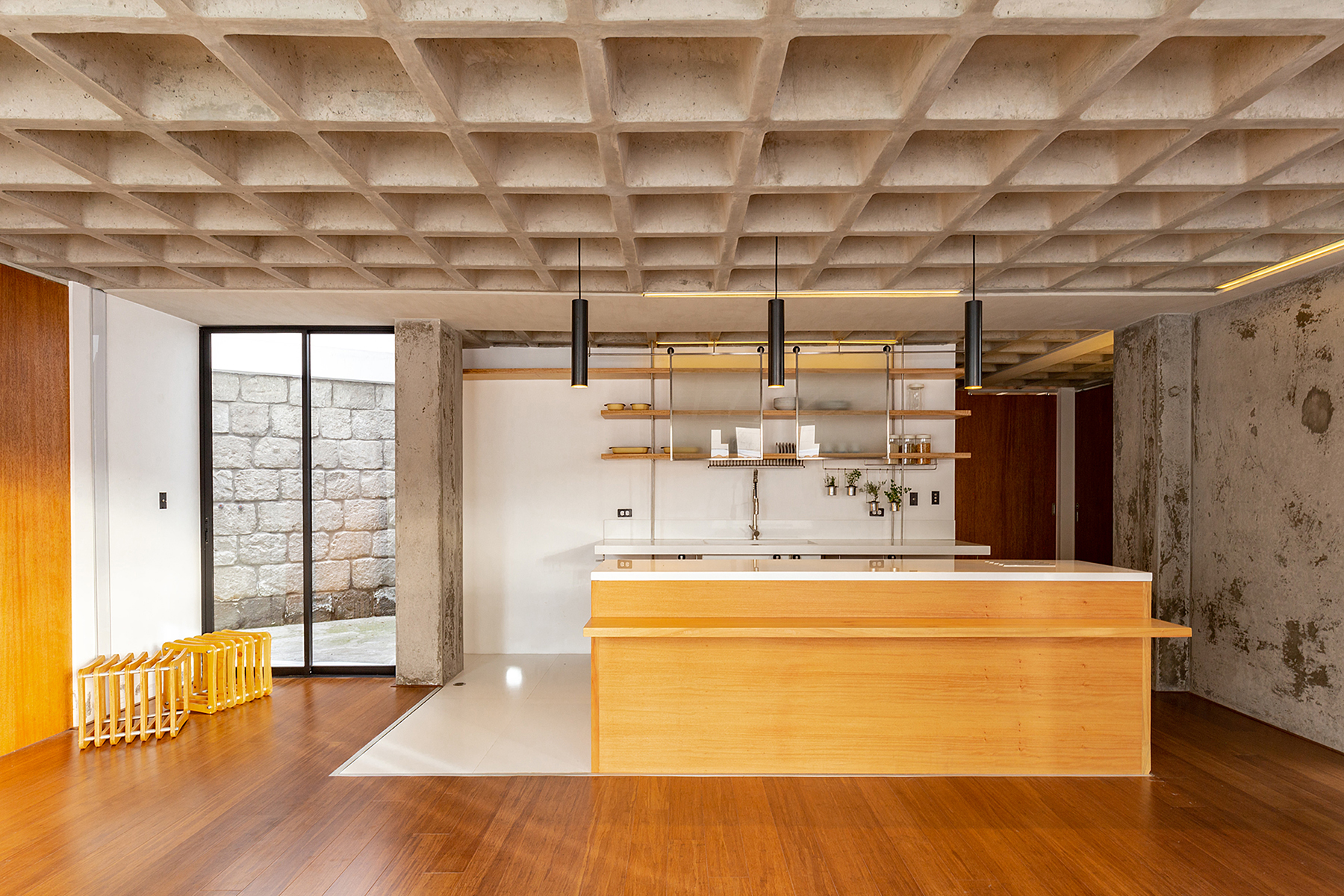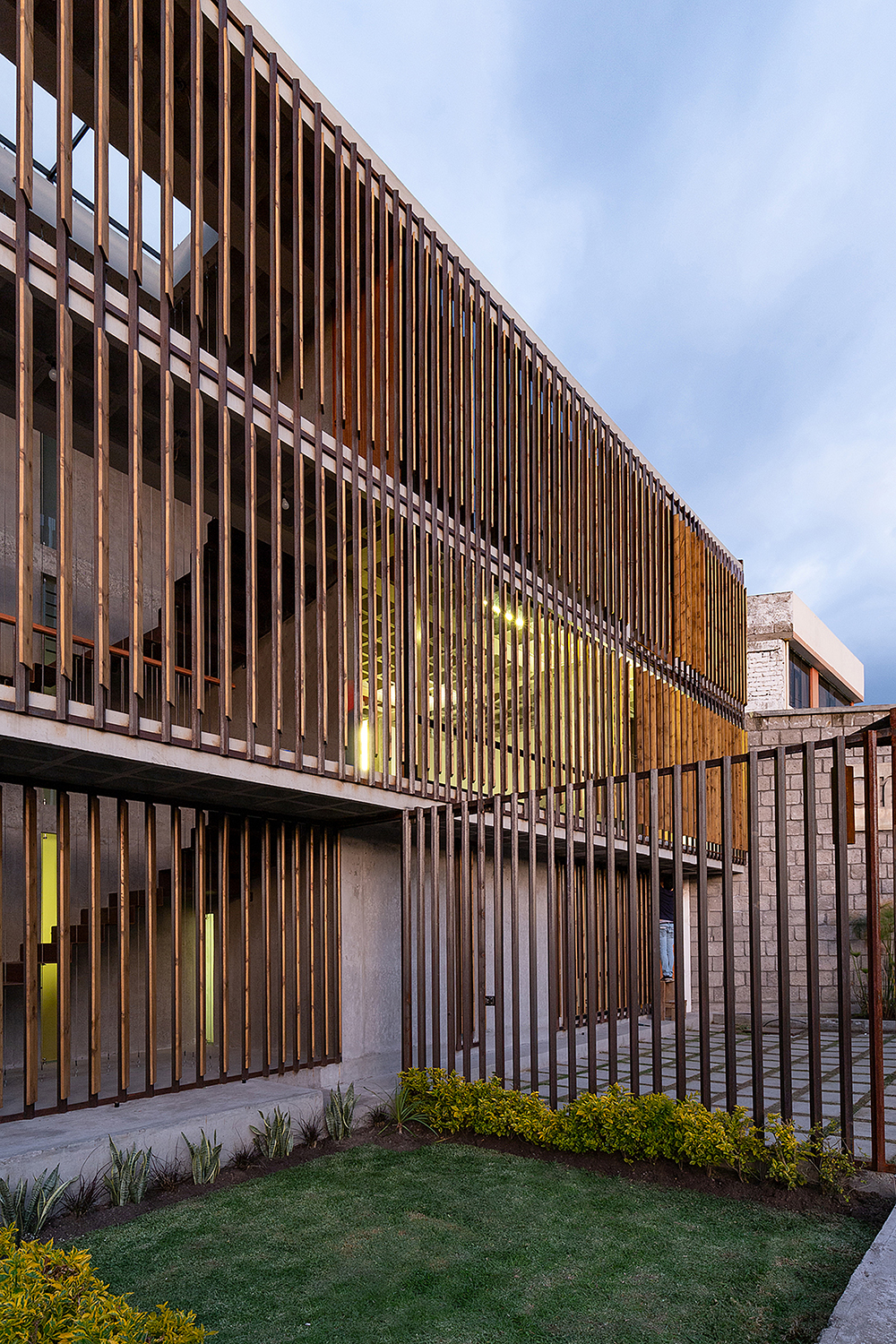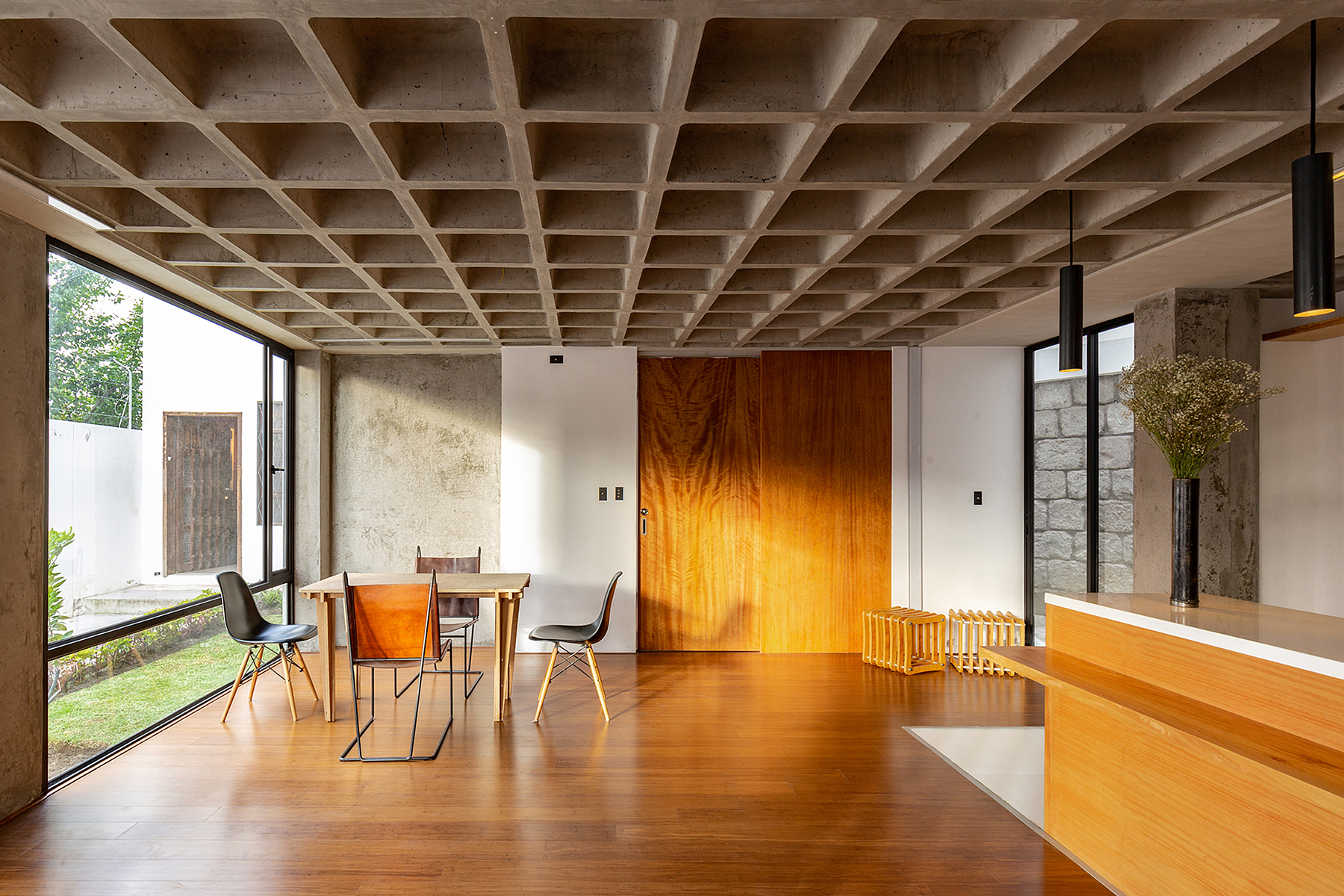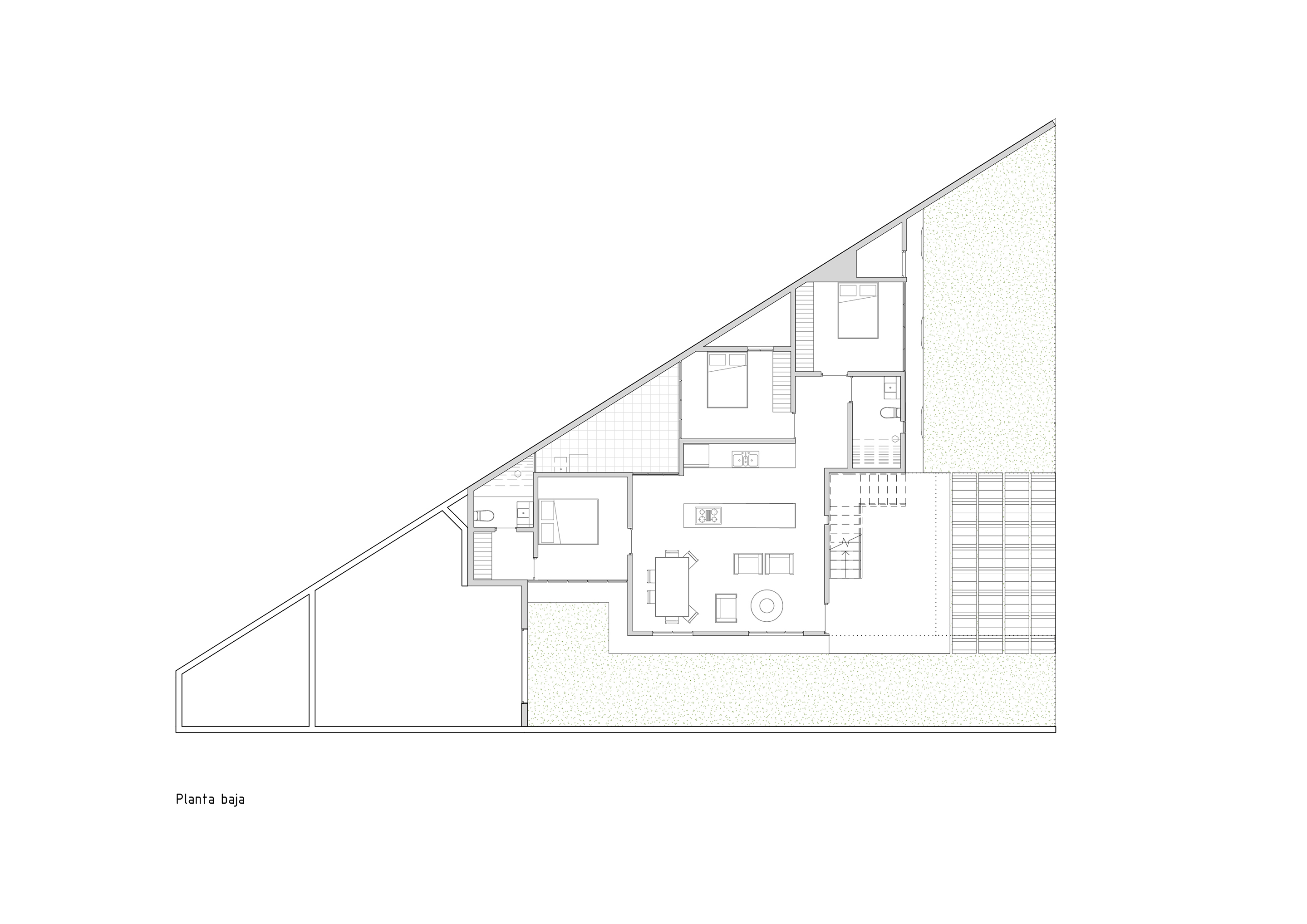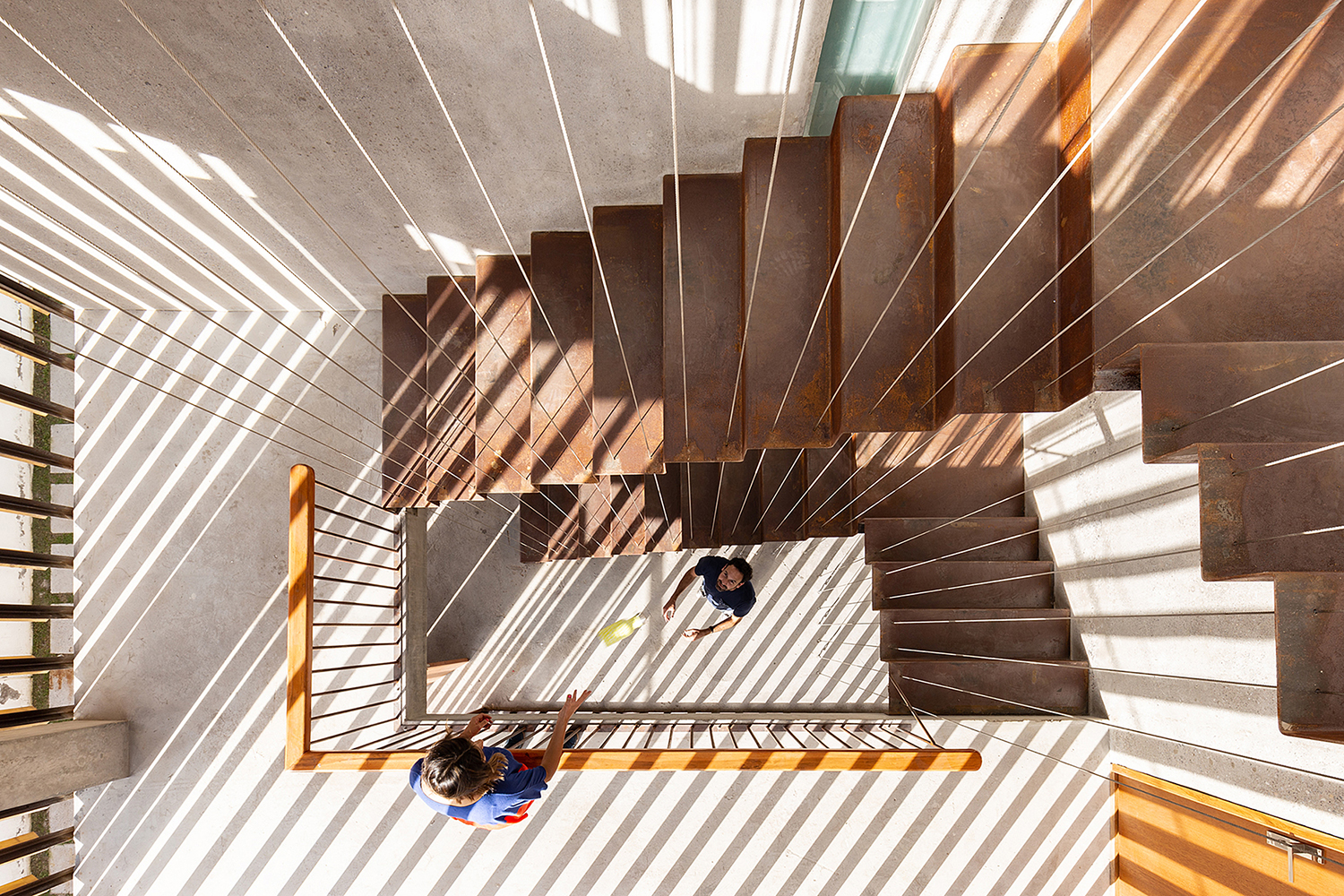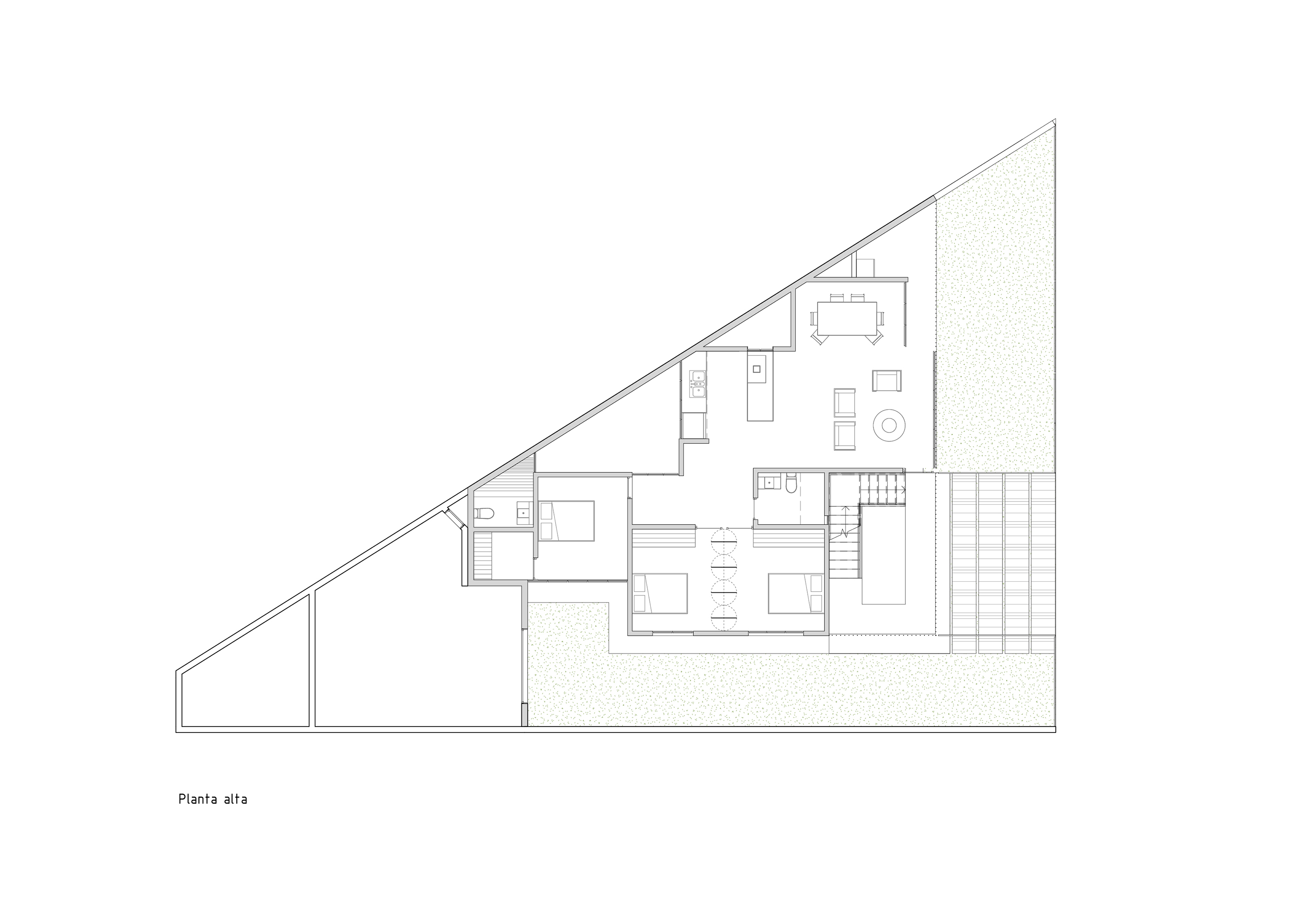
carla CHAVEZ et Carolina RODAS Ramaestudio
- Site : www.ramaestudioec.com
- Adresse : Francisco Hernandez de Giron N 35-66 y Av. República EC170134 Rumipamba
“Rama is an architecture studio, design, and construction that focuses on the optimization of resources through experimentation. This group is interested in processes that strengthen the design and production with coherence to the needs, the place, its memory, and the environment.
Scales of work, which range from the territory to the object, are related to achieve an integral vision that objectively responds to social, cultural, and spatial issues.
The studio has been invited to give lectures and workshops in different universities of Ecuador and has been awarded with the first national award in the Pan-American Biennial of Architecture of Quito (2014), in the category of rehabilitation and recycling. Our work has been published in different magazines and digital platforms, worldwide. Also, the studio has been selected nationally for the Ibero-American Biennial (BIAU), and as national representatives for the Biennial of Navarre - Spain.
Most of our works are linked to architectural pieces in disuse or change of use. Also, we see great potential in what is already done and that through time has taken a different way and deserves being reformed because we are interested in using what is already and adapting to the present time, to new users or needs.
A less invasive architecture that doesn’t start from scratch; with this vision, we have directed our response to spatial, social, and environmental problems. Each project has different priorities but has the same basis: OPTIMIZING resources. Starting from this idea, we have developed different constructive and furniture systems.”
|
CRIBA collective housing
Background
San Antonio is a neighborhood located in the city of Ambato where houses have been transformed in buildings. It is a central neighborhood with all services, and it was one of the main districts of the city because it was recognized for its festivals and the architectural style of its houses.
The homeowners were changing, so the united neighborhood from the past was becoming into a walled neighborhood.
The idea
Fragmenting walls
An element which is opened to the street, gives its space to the neighborhood, and allows to be part of it from the vicinity.
Seeing and being seen is a response to the lack of communication and security that the neighborhood has been living for the past few years. This problem is because streets delimit people’s path with high walls totally impermeable to a daily reality.
How?
The building exposes its social areas and its access to the neighborhood. It has an irregular permeable screen which sifts light and provides security to the element without losing its direct connection to the street.
Spatiality
Three departments spread over three floors; the complex angles of the ground became into light yards which also organize spatiality each floor.
Among the analysis of living, the kitchen was considered the main point (heat point) because this is an articulation point for the departments. This point articulates the rest and social areas.
Finally, the light yards centralize all the installations and allow a cross ventilation into the spaces.
|
